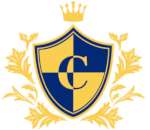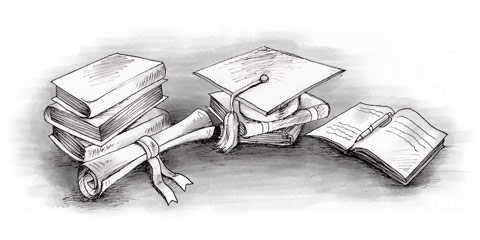Compulsory education begins with the obligatory pre-school year in kindergarten, usually at the age of 5. From age 6 to 16, school is mandatory for all Hungarians. Most children attend Free State schools. Private school charge fees but are subsidized by the state.
After finishing elementary school (általános iskola) students can decide between three options: high school (gimnázium), vocational school (szakmunkásképzö iskola) or trade school (Szakközépiskola). All Hungarians must complete 8 years of elementary school plus two more years in one of the above schools.
To study at a Hungarian university (egyetem) or college (Szakiskola / föiskola) you need a certification of secondary education.
Hungarian final examination
A few months before Matura (Baccalaureate) the final years’ students place a picture of themselves and of their teachers on a wooden plate. These wooden plates are called "Readiness Signs" (érettségi Tablók) and are displayed in a shop window until the students have completed their exams.
Matura Balls are normally held in February. These Balls are then called "Ribbon Consecration" (Szalagavató bál) because the students have to wear a ribbon with the number of school years on the jacket in order to graduate and they have to wear their ribbon until the exams; otherwise they fail, so the legend goes. On the last school day (before the writing test) there is a final party at which the students sing traditional college songs, putting one hand on the shoulder of the next student.
Teaching styles and the egalitarian approach
The official language in schools is Hungarian. However, there are schools where many ethnic and national minorities (e.g. German, Romanian, Slovenian, Serbian and Croatian minorities) may use their language as the main or second language in the classroom.
The Gandhi School in Pecs was the first high school to be founded and attended by Romas. This school was founded in 1992 by several Roma organizations with the aim to enable the Roma children to obtain a Matura (Baccalaureate) degree. The school is largely financed by the Hungarian government, but also by the EU.


